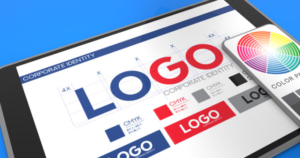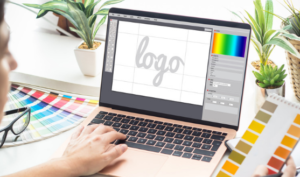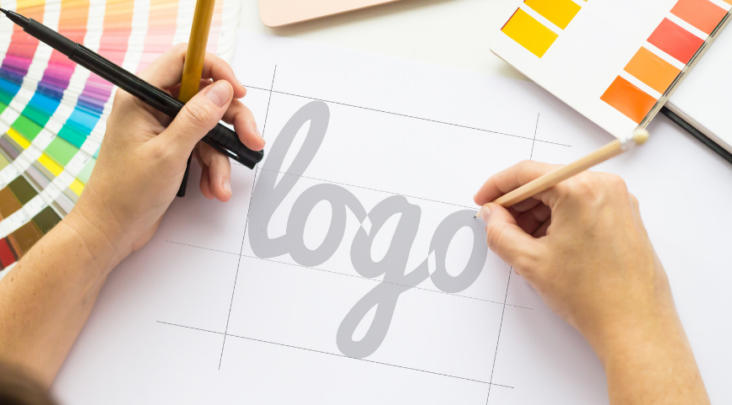A logo is a set of figures, letters, and icons identifying a business. It’s the minimized symbolic representation of specific products or services. Logos are designed to be memorized easily, so whenever prospects see the logo, they immediately recall the brand and distinguish it from all other brands.
Given the fact that it carries so much importance, extra care should be given to logos during the design process. The following article should discuss the Dos and Don’ts of logo design.

Where Should the Logo Go?

Business Card
The logo will be on the business card given to clients. Certain software and online business card maker services can help neatly feature the card’s logo.
Prints
All the printed materials, such as catalogs, brochures, handouts, manuals, invitation cards to formal events held by the business, etc., will carry the brand logo.
The Internet
It will be on the company’s website and social media accounts.
Correspondences
All the company’s letters, faxes, and emails will have the logo.
The Dos and Don’ts in Logo Design
The Rules that Should be Followed in Logo Design

Contrast
This is a rule of thumb for logo design. The background and the symbol should have a contrast balance which makes the logo more prominent and visible.
The Less is More
Don’t crowd the logo with so many details, which may be distracting. Keep it simple so it directly sticks in people’s minds.
Not One but Many
Several versions should be made when creating a logo, enabling the company to choose one. They also serve as an indication of the designer’s high performance and creativity.
Continuity
Changing the logo might be costly for businesses since many customers fall out of love with the brand or simply do not recognize it when they see it because it has been changed so many times.
Colour Faithful
The logo should comply in colors with the company’s products and shouldn’t be irrelevant to the company’s products or theme.
Well-Informed Decision
Besides conducting exhaustive research into the branding elements, designers should study their target audience, preferences, likes, and dislikes and create an attention-grabbing logo.
All-Caps
Use only capital letters for the logo because they have a strong visual impact on the viewer.
Backstory
It is advisable that the symbol fitted in the logo has a story to tell and is not chosen randomly. For example, the tick symbol Nike used for its logo represents the wings of the Greek goddess the brand was named after.
Two Heads are Better than One
When designing a logo, designers shouldn’t shy away from showing it to colleagues, classmates, or neighbours and ask them to say their opinions honestly. They have a different perspective, so they may notice something the designer overlooked during the design process or inform the designer about similar logos they have seen elsewhere.
Things Should be Avoided While Designing a Logo

Literal Interpretation
The superficial interpretation of the brand should be avoided because the logo is more about the concept than the goods. So, when designing a logo for an online clothing business, dresses or t-shirts shouldn’t be featured in the logo because the brand might expand to include things other than clothes, like accessories. Then the logo won’t fit anymore.
Image
Keep the logo image-free. Avoid inserting any photos or images into the logo.
Font Pools
Don’t use too many fonts in the logos because that may be visually disturbing and distracting.
Clip Arts
Remember, they should be unique to avoid copyright infringements, and the company’s competitors can legally use them in their logos, which does away with the individuality of the logo.
Being Too Trendy
Unlike transient trends, a logo should be timeless because it needs to have the same life expectancy as the business it represents. Moreover, it should be one of a kind to be distinguished from others. When logo designers follow trends, their final product has a short “shelf life” and a dull and repetitive look.
Being Blurry
The logo should seem as sharp, crisp, and firm as the company. Using shadows or blurred effects gives the brand an air of uncertainty, weakness, or sadness.
Plagiarism
Any imitation of other brands’ logos might have legal consequences. Other companies might file a legal suit against the brand that copied their logos, which may also damage its reputation and credibility.
To conclude, logos should be created with so much care so as not to fall into the trap of over-simplification or over-complication.








GIPHY App Key not set. Please check settings